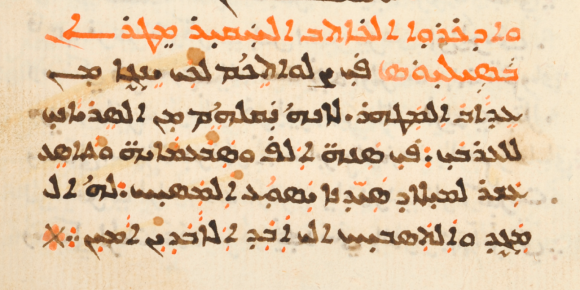Ghazanfari, Kolsoum. 2015. Ferdowsi’s Presentation of Zoroastrianism in an Islamic Light, Journal of Persianate Studies 8 (1). 23 – 41.
Composed in 10th and 11th century ce, the Shāhnāmeh (The Book of the Kings) contains Iranian ancient history since the first king, Gayumart/Kayumars, up to the end of Sasanian era. One reason behind its popularity is the poet’s method and art in describing and explaining ancient religious elements in such a way that it does not cause religious bias among Zoroastrians and Muslims. This article shows that Ferdowsi has employed various methods to read religious issues of ancient Iran in the light of the social, cultural, and religious spirit of his own time. In his epic narratives, Ferdowsi paid serious attention to contemporary beliefs and social conditions, and this can account for the popularity of the Shāhnāmeh and its lasting influence.
 Simpson, St John. 2015.
Simpson, St John. 2015. 
 de la Vaissière, Etienne. 2014.
de la Vaissière, Etienne. 2014.